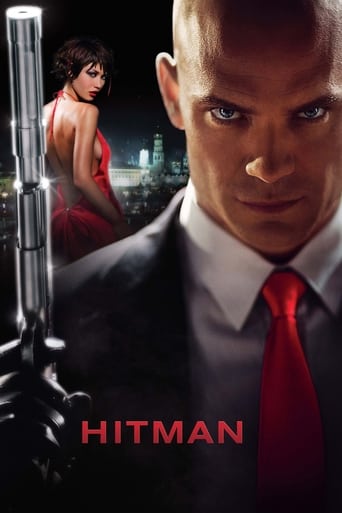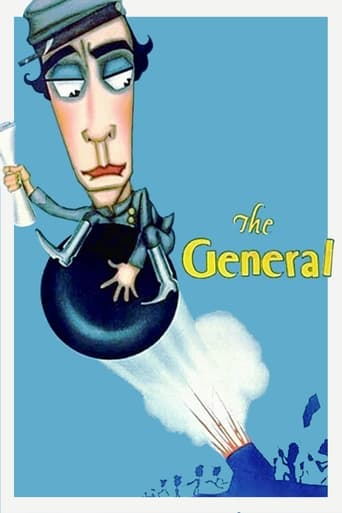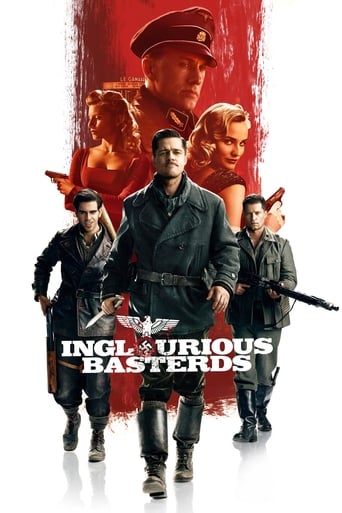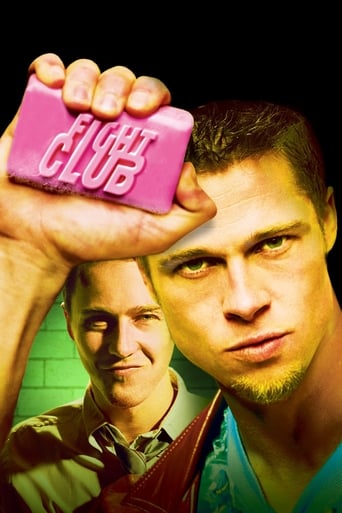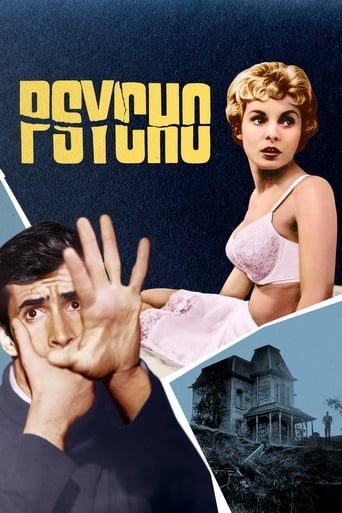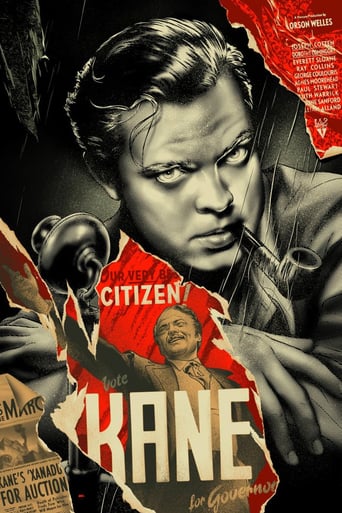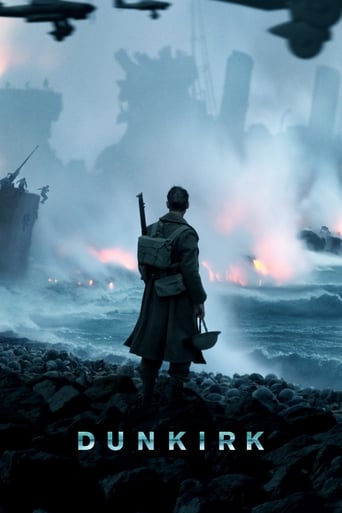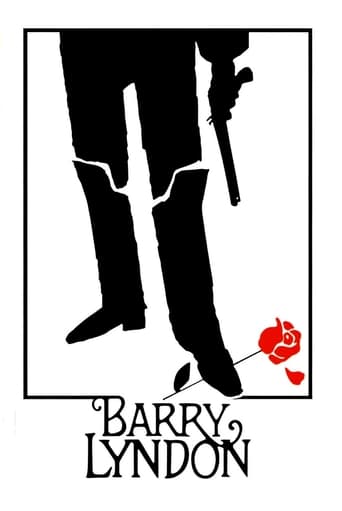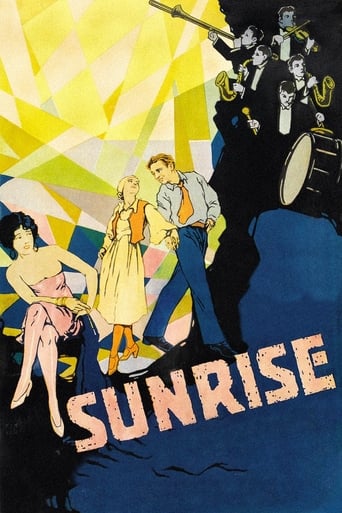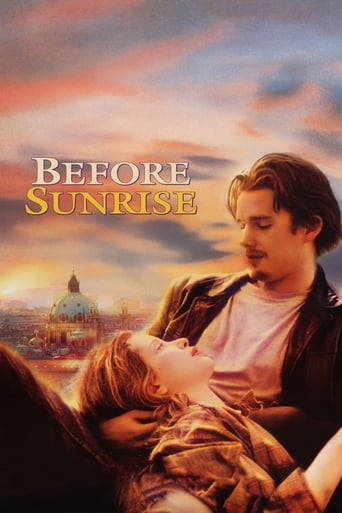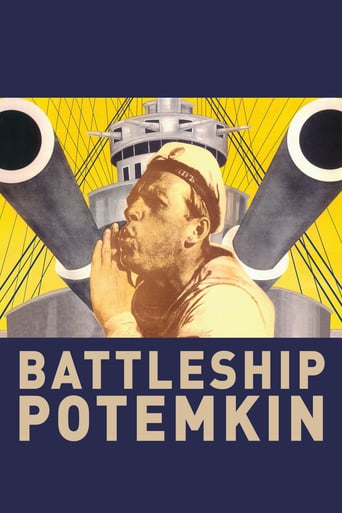


Battleship Potemkin
A dramatized account of a great Russian naval mutiny and a resultant public demonstration, showing support, which brought on a police massacre. The film had an incredible impact on the development of cinema and is a masterful example of montage editing.
-
- Cast:
- Aleksandr Antonov , Vladimir Barsky , Grigori Aleksandrov , Ivan Bobrov , Mikhail Gomorov , Danylo Antonovych , Sergei Eisenstein


Similar titles

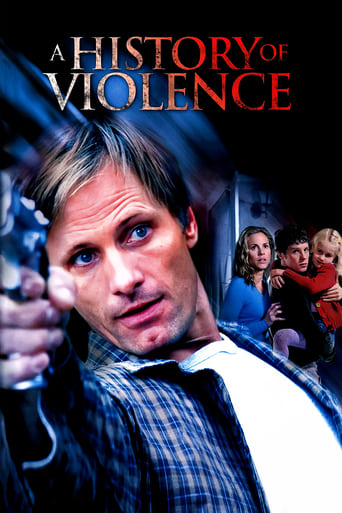
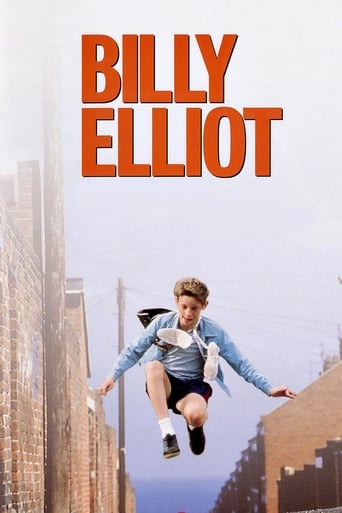
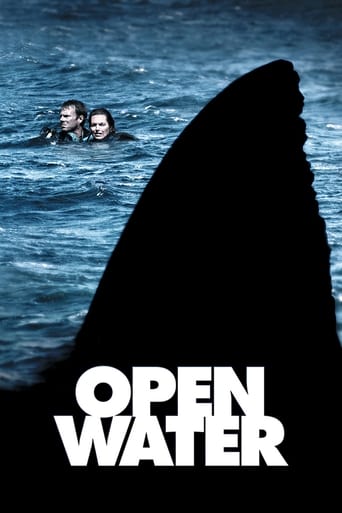
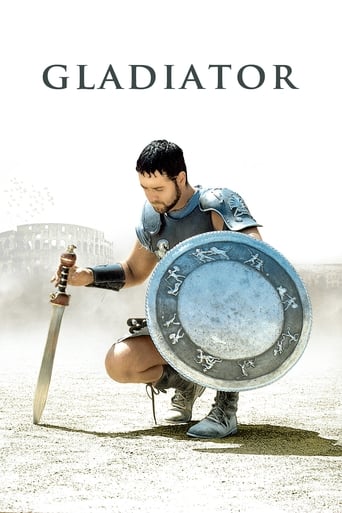

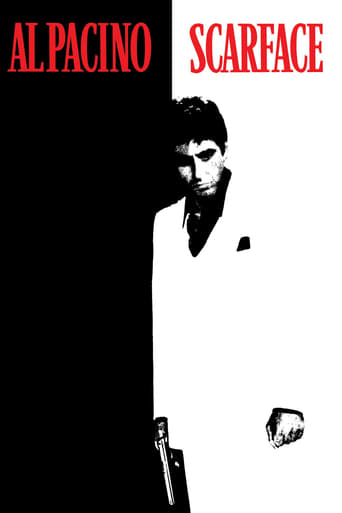

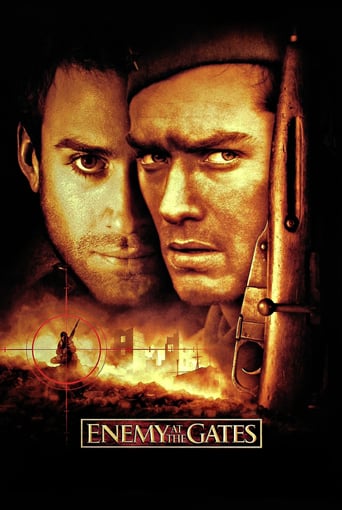
Reviews
I love this movie so much
It’s an especially fun movie from a director and cast who are clearly having a good time allowing themselves to let loose.
The movie turns out to be a little better than the average. Starting from a romantic formula often seen in the cinema, it ends in the most predictable (and somewhat bland) way.
Great story, amazing characters, superb action, enthralling cinematography. Yes, this is something I am glad I spent money on.
Why is it that so many cinematic landmarks happen to be propaganda? I guess there was a perfect timing with the birth of a new art / medium coinciding with a new century, allowing the early cinematic masterpieces to be studied in film-making schools while not losing any relevance in history classes. If in its silent first steps, cinema was the latest 'hip' thing, a funny wonder from two French siblings or a mild bourgeois amusement, as technology advanced and authoritarian regimes were looking for the most effective ways to capture the spirit of the masses and then, cinema became a political weapon.It's all about masses when you think about it, propaganda movies confront us to the real bargain of cinema; different people sitting altogether in the dark, anonymously and eyes converging toward the same images. We're individuals but we form an audience, a collectivity meant to react. The director shouts "Action!", for us, it's the reaction.And this is not a hazard either if most propaganda movies worked during the Silent Era where it was all about the power of images, dialogs rather than faces. In "Battleship Potemkin", the most iconic image involves a woman with a broken eyeglass and bleeding eye, Bunuel had the eye sliced but the point is all the same for Eisenstein, the eye is more sensitive than the brain and Eisenstein definitely knew how to catch it.His "Battleship Potemkin" chronicles the injustices underwent by the Potemkin crew, the resulting mutiny and martyrdom, then the solidarity displayed from the people of Odessa and the iconic confrontation with the Tsarist army during the iconic 'steps massacre' and finally another battle leading to the triumph of the Potemkin whose cause has been embraced by the other rebellious ships. Constructed in different chapters, "Potemkin" bears some resemblance with the seminal "Birth of a Nation" but the technique of Griffith was far more elaborated in "Intolerance", a film he studied to get his inspiration. But while watching "Potemkin", I was fascinated by the way Eisenstein almost never uses narration in his cardboards, they all feature cries and dialogues but they never verbalize.No need to, this is a film that trusts its material. If it was a Griffith' movie, we'd have a group of sailors coming to the office and complaining about the food. Eisenstein provides disgusting glimpses on the maggots crawling over the meat and close-up on an evil officer twirling his mustache while ordering for the borsch to be prepared (with the rotten meat). Close-ups are integral to the power of the film, because it's only when you grasp the feeling of one person that you can extrapolate it to the masses. Eisenstein understood that we all have a Pavlov reaction, believing that what goes through one person, goes through the other. This is why you can see close-ups on clenching fists, anger sights or before the massacre, of people smiling and waving to amplify the shocking suddenness of the Russian army intervention.This method also served Eisenstein for shooting of the climax, feeling that there was a lack of energy from the extras, he called one of them by his name, the others thought there was some sort of magic eye staring at them. In reality, Eisenstein picked a random name and had the right effect. That's exactly how the movie works, it finds the perfect balances between crowd shot and individual shots. That's the "Stakhanovite" move, and while the massacre feel like a giant wave of people flooding down the stairs, there are individuals we still remember.Who can forget the woman who just witnessed the death of a child and carry him to the top, going at the exact opposite of the runners, that moment alone while giving a focus on that death enlightens all the other deaths. This isn't just stylish filmmaking, this is a humanity standing and questioning the use of violence. That's something that works out of context and that's the power of "Potemkin", whether the unforgettable baby carriage, the killed mother and the broken glasses eye, at the very moment where it happens, we don't think of the Tsar, we think of War.So the argument that the massacre never happened doesn't hold up, Eisenstein wanted to shot the opposite of truth in the realm of plausibility, and that's why the sequence is powerful regardless of the context, it represents something that can happen anywhere and anytime, and for real. While seeing the woman carrying the child, I start thinking of the Vietnamese girl burnt by the Napalm and running scared and naked on the picture, I thought of that Palestinian boy who died in a shootout while his father was begging the soldiers to cease fire. "Potemkin" uses a sort of universal language that transcend the barriers of time and countries, many propaganda movies couldn't work on a universal level because they're too specific. When Goebbels saw Eisenstein's masterpiece, he knew the Third Reich needed a similar movie and on that level, "The Triumph of the Will" also became a landmark on its own, but being a masterpiece of propaganda doesn't make it a masterpiece in its own right. "Potemkin" can get away with it because the film never let speeches undermine the message, it trusts the images and more than anything, it trusts the editing.Eisenstein needed a movie to celebrate the revolution of 1905, he initially planned to make an epic project based on many historical chapters but weather convinced him (once again) to have a specific focus, one central piece: from the Potemkin, the spirit of the revolution would be magnified. See, it's all about imploding from within, one image that speaks a thousand words, for a million persons.The steps massacre became a staple of filmmaking, countlessly replayed in movies for thrills or laughs, elevating it into one of the greatest movies ever, the merit goes to Eisenstein who was so creative and daring that he didn't just made a film about revolution, but he made a revolution!
After watching Battleship Potemkin I realized straight away I'd made a great purchase. Its reputation as a masterpiece, one that must be pass down from one generation to another is well deserved. People singing its praises are always banging on the idea of this mute film conveying a wide set of emotions that even the best talkies can't even dream of. Now I understand why. Not having a voice to use, actors must draw on their bodies and faces in order to make the viewers sad, happy or whatever emotions or feelings they want them, us to feel. And I promise you, this film is a roller-coaster as emotions are concerned. The story centers around the events that took place during the Russian Revolution and the central role the Battleship Potemkin played in it. I wouldn't like to get carried away and say that the historical facts aren't important to the narrative because the make up its core, but my recommendation is to shift one's focus from the story to the characters. I'm sure you won't regret it.
All true cinephiles know about "Potemkin" and how it revolutionized cinematic techniques in editing. We all know about that insane, constantly referenced/parodied Odessa steps sequence, but do we really know WHY "Potemkin" is a GREAT movie? Not just an influential or famous movie, but an actually GREAT movie?Well, in my opinion, the reason that "Potemkin" is so great is its ability to manipulate emotions and have relentless emotional energy and thrills. In its slim 70 minute runtime, more emotional intensity has struck the audience than in most 2 hour action thrillers. This film may be communist propaganda, but its also damn good communist propaganda. I may not agree with the film's political intent, but while I'm watching it I sure do! Using the power of film and visuals, Eisenstein works as a master manipulator, pulling at every string in your body, a surging sea of pain and sorrow exploding across his forever influential screen. Who could ever forget those haunting images? The child being trampled on! The baby carriage falling! The old woman with her shot out! Blood everywhere! Tons of extras falling down these mammoth stairs. Its more thrilling than any horror film you've ever seen, and its damned brilliant if you ask me!
Battleship Potempkin (1925): Dir: Serge Eisenstein / Cast: Aleksandr Antonov, Vladimir Barsky, Grigori Aleksandrov, Beatrice Vitoldi, Ivan Bobrov: One of the most important films ever made and has been a major influence for generations of filmmakers. Odessa step sequence has been referenced many times by filmmakers spellbound by its sheer brilliance. The battleship in question is operated by slaves and soldiers who have just returned from war. A revolution begins with sheets thrown over human targets that await judgement. In its most famous sequence civilians file down the Odessa steps with soldiers bearing in from behind. A closeup of a woman who is shot while hovering over a baby carriage that will proceed to bounce down the steps. Director Serge Eisenstein brilliantly places viewers in the middle of chaos. While the performances are fine, the characters face dire situations that are about as enticing as a cannon blast to the hind quarters. The characters placements is to provoke emotion as they are mere observers or subjects to the tragedy whether they be soldiers rebelling aboard the ship due to spoiled meat or civilians fleeing for their lives. This all combine with great technical elements that illustrate the poison of war and its effect on society. It is a tremendous portrait of tragedy that destroys lives of those unable to distance themselves. Score: 9 ½ / 10 / Writing: 100% / Themes: 100% / Acting: 80% / Directing: 100% / Visual: 100%

